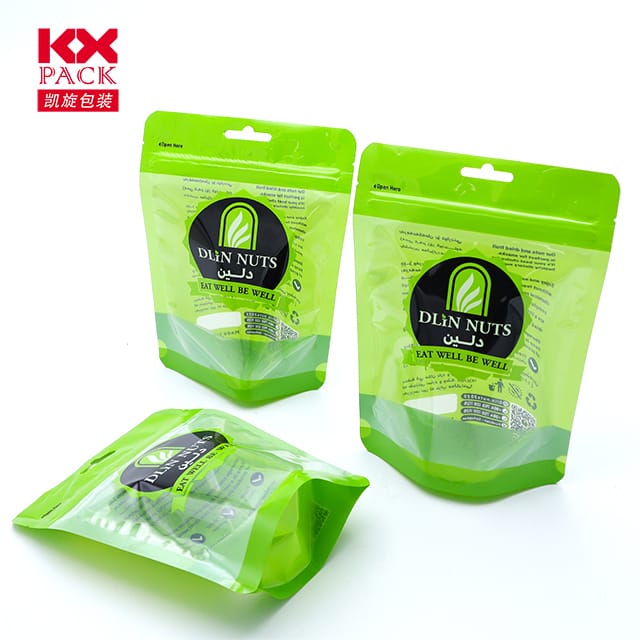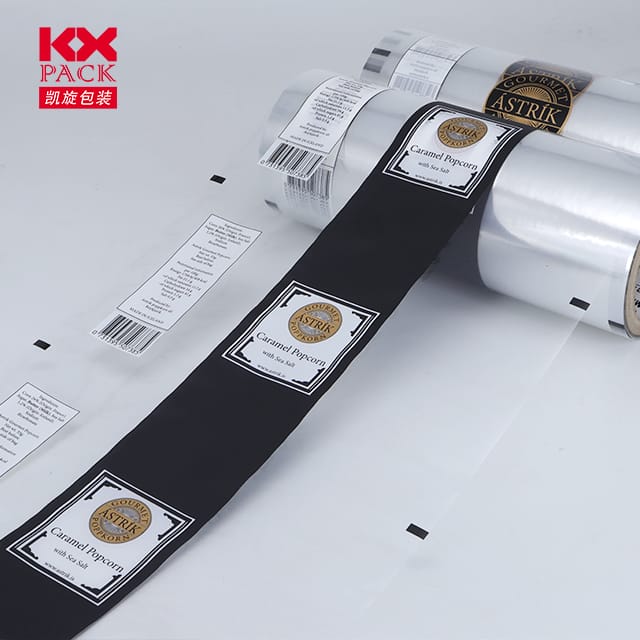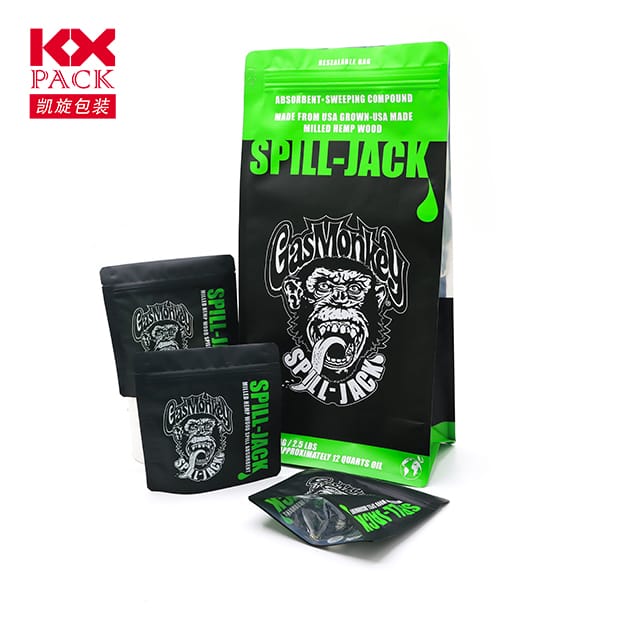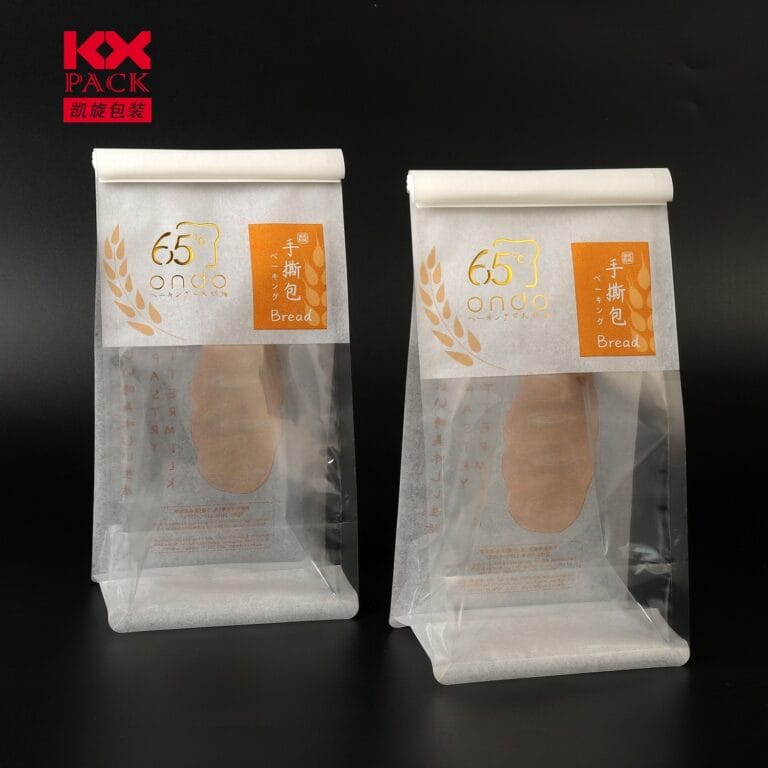Tasakvíz -csomagolófilm: A biztonságos ivóvíz -hozzáférhetőség nem énekelt hőse
Tasakvíz -csomagolófilm
A világ sok részén, Különösen azokban a régiókban, ahol korlátozott hozzáférés van a tiszta ivóvízhez, tasakvíz mentőkötélként alakult ki. Ezek a kicsik, megfizethető, És a hordozható víztasakokat - gyakran utcai eladók és a helyi piacokon - egyaránt kritikus és alulértékelt anyagba csomagolják: Tasakvíz -csomagolófilm. Csomagoljuk ki a tudományt, fenntarthatóság, és ennek az innovatív csomagolási megoldásnak a társadalmi hatása.
1. Mi a Sachet Water Packing Film?
Tasakvíz -csomagolófilm rugalmas, többrétegű anyag, amelynek célja az ivóvíz tisztaságának és biztonságának megőrzése. Általában:
- Polietilén (PE): Tartós, nedvességálló réteg, amely a külső héjat képezi.
- Poliészter (HÁZI KEDVENC): Hozzáadja az erőt és megakadályozza a punkciókat a kezelés során.
- Alumínium vagy Evoh gátrétegek: Blokkolja az oxigént, fény, és szennyező anyagok, meghosszabbítja az eltarthatóságot.
- Ragasztó laminál: Kötődik a rétegeket egy zökkenőmentesbe, szivárgásmentes szerkezet.
Ez a kompozit film biztosítja, hogy a víz a fogyasztásig steril maradjon, még durva környezeti körülmények között is.
2. Miért számít a tasakvíz
A fejlődő országokban, Tasakvíz -csomagolófilm („Pure Water” -nek is nevezik olyan régiókban, mint Nyugat -Afrika) Kritikus réssel foglalkozik:
- Megfizethetőség: Egyetlen tasak gyakran kevesebb, mint egy fillért fizet, A tiszta víz hozzáférhetővé tétele az alacsony jövedelmű populációk számára.
- Hordozhatóság: A könnyű, Az egyszer használatos formátum ideális az on-the-go-fogyasztáshoz, A vízben terjedő betegségek kockázatának csökkentése a tisztátalan tartályokból.
- Higiénia: A gyárilag lezárt tasakok kiküszöbölik a forrás- vagy kémiai kezelés szükségességét, azonnali biztonságot nyújt.
Az Egészségügyi Világszervezet szerint (WHO), A Sachet Water kulcsszerepet játszott a hasmenéses betegségek csökkentésében olyan régiókban, mint Ghána, Nigéria, És Kenya.
3. A film mögötti tudomány
A Tasakvíz -csomagolófilmA tervezés az anyagmérnöki mesterkurzus:
- Akadálytulajdonságok: Az alumínium vagy az EvOH réteg megakadályozza az UV fény lebomlását és az oxigénhatást, ami ösztönözheti a baktériumok növekedését.
- Pecsét integritás: A fejlett hőkezelő technológia biztosítja a légmentesen lezárt bezárást, A szivárgások és a szennyeződés megelőzése.
- Nyomtathatóság: A márkák gyakran nyomtatnak logókat, biztonsági tanúsítások, és a lejárati dátumok közvetlenül a filmre, Az átláthatóság és a bizalom fokozása.
A gyártóknak be kell tartaniuk a szigorú szabályozási szabványokat (PÉLDÁUL., FDA, EU élelmiszer-minőségű tanúsítások) hogy garantálja a film biztonságát.
4. Fenntarthatósági kihívások és innovációk
Míg a tasakvíz tagadhatatlan előnyöket nyújt, Az egyszer használatos jellege környezeti aggályokat vet fel. Milliók tasakok hulladéklerakókba vagy alomként végződnek, hozzájárulva a műanyag szennyezéshez. azonban, Az ipar fejlődik:
- Biológiailag lebontható filmek: Egyes vállalatok kísérleteznek a PLA -val (polilaktinsav) vagy keményítő-alapú anyagok, amelyek gyorsabban bomlanak, mint a hagyományos műanyagok.
- Újrahasznosítási kezdeményezések: Olyan városokban, mint Accra és Lagos, A nem kormányzati szervezetek és a kormányok népszerűsítik a tasakgyűjtési programokat, hogy a filmet olyan tárgyakká tegyék, mint például burkolólapok vagy bútorok.
- Újratölthető modellek: Néhány induló vállalkozás teszteli az újrahasznosítható tasakot az újratöltési állomásokkal, A kényelem kiegyensúlyozása a környezetbarátsággal.
5. A tasak vízcsomagolásának jövője
A hosszú távú fenntarthatóság biztosítása érdekében, Az iparágnak három oszlopot kell kiegyensúlyoznia:
- Anyagi innováció: Megfizethető fejlesztés, komposztálható filmek a biztonság veszélyeztetése nélkül.
- Fogyasztói oktatás: A megfelelő ártalmatlanítási és újrahasznosítási szokások ösztönzése.
- Politikai támogatás: A kormányok ösztönözhetik a környezetbarát csomagolást, vagy adókat kivethetnek a nem újrahasznosítható tasakokra.
Olyan technológiák, mintvízben oldódó filmek (amelyek ártalmatlanul feloldódnak a vízben) vagyehető csomagolás (tengeri moszatból készült kivonatokból készül) Tartsa meg az ígéretét, de további R -t igényel&D A költség- és tartóssági igények kielégítésére.
Következtetés: Egy kis csomag, Nagy hatás
A Sachet Water Packaging Film egy bizonyíték arra, hogy az anyagtudomány hogyan változtathatja meg a közegészségügyet. Demokratizált hozzáféréssel rendelkezik a tiszta vízhez milliók számára, Környezeti lábnyoma azonban sürgős figyelmet igényel. Ahogy innovátorok és politikai döntéshozók együttműködnek, A cél tiszta: Tartsa meg a tasakvíz életmentő előnyeit, miközben minimalizálja annak ökológiai károkat.
Legközelebb, amikor egy utcai eladót lát el tasakvizet árusítva, Ne feledje - ez az alázatos tasak a mérnöki komplex metszéspontot képviseli, közgazdaságtan, és a környezetvédelmi irányítás.
Milyen gondolatai vannak az akadálymentesség és a fenntarthatóság kiegyensúlyozásáról a tasakvíz csomagolásban? Beszéljük meg a megjegyzésekben! 🌍💧







